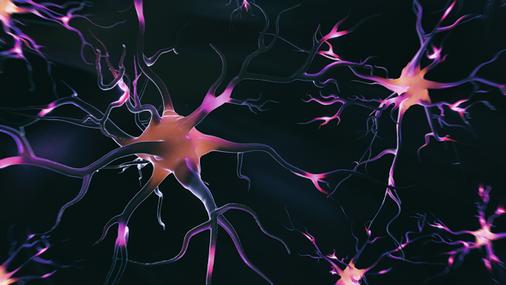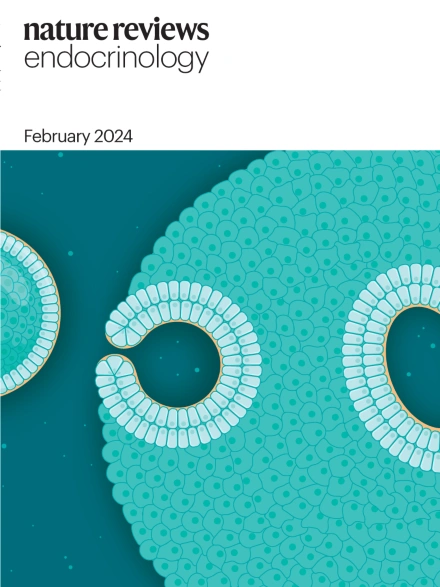Neurons in the diagonal band of Broca moderate food intake
IF 31
1区 医学
Q1 ENDOCRINOLOGY & METABOLISM
引用次数: 0

布罗卡对角线带的神经元可调节食物摄入量
确定调节进食行为的神经机制有助于推进肥胖症和进食障碍的治疗和预防。这些DBBPENK神经元的一个亚群从DBB投射到下丘脑室旁核(PVH),另一个亚群投射到下丘脑外侧核(LH)。研究人员假设,这两个神经元亚群在进食控制中具有不同的作用。为了验证这一假设,研究人员比较了当给空腹或进食的小鼠喂食正常食物或脂肪、含糖食物时,PVH投射的DBBPENK神经元和LH投射的DBBPENK神经元的反应强度。他们证明,与饱食小鼠相比,禁食小鼠的PVH投射DBBPENK神经元对食物的反应更灵敏。无论研究人员给小鼠喂食正常食物还是含脂肪和糖分的食物,情况都是如此。另一方面,当小鼠摄入含糖、含脂肪的食物时,LH突起的DBBPENK神经元比摄入正常食物时更活跃。这种反应在禁食和进食的小鼠身上都能看到。研究人员还发现,光遗传刺激PVH突起的DBBPENK神经元会促进小鼠摄食量的增加,而刺激LH突起的DBBPENK神经元则会导致动物的摄食量低于野生型对照组。
本文章由计算机程序翻译,如有差异,请以英文原文为准。
求助全文
约1分钟内获得全文
求助全文
来源期刊

Nature Reviews Endocrinology
医学-内分泌学与代谢
CiteScore
42.00
自引率
0.70%
发文量
158
审稿时长
6-12 weeks
期刊介绍:
Nature Reviews Endocrinology aspires to be the foremost platform for reviews and commentaries catering to the scientific communities it serves. The journal aims to publish articles characterized by authority, accessibility, and clarity, enhanced with easily understandable figures, tables, and other visual aids. The goal is to offer an unparalleled service to authors, referees, and readers, striving to maximize the usefulness and impact of each article. Nature Reviews Endocrinology publishes Research Highlights, Comments, News & Views, Reviews, Consensus Statements, and Perspectives relevant to researchers and clinicians in the fields of endocrinology and metabolism. Its broad scope ensures that the work it publishes reaches the widest possible audience.
 求助内容:
求助内容: 应助结果提醒方式:
应助结果提醒方式:


